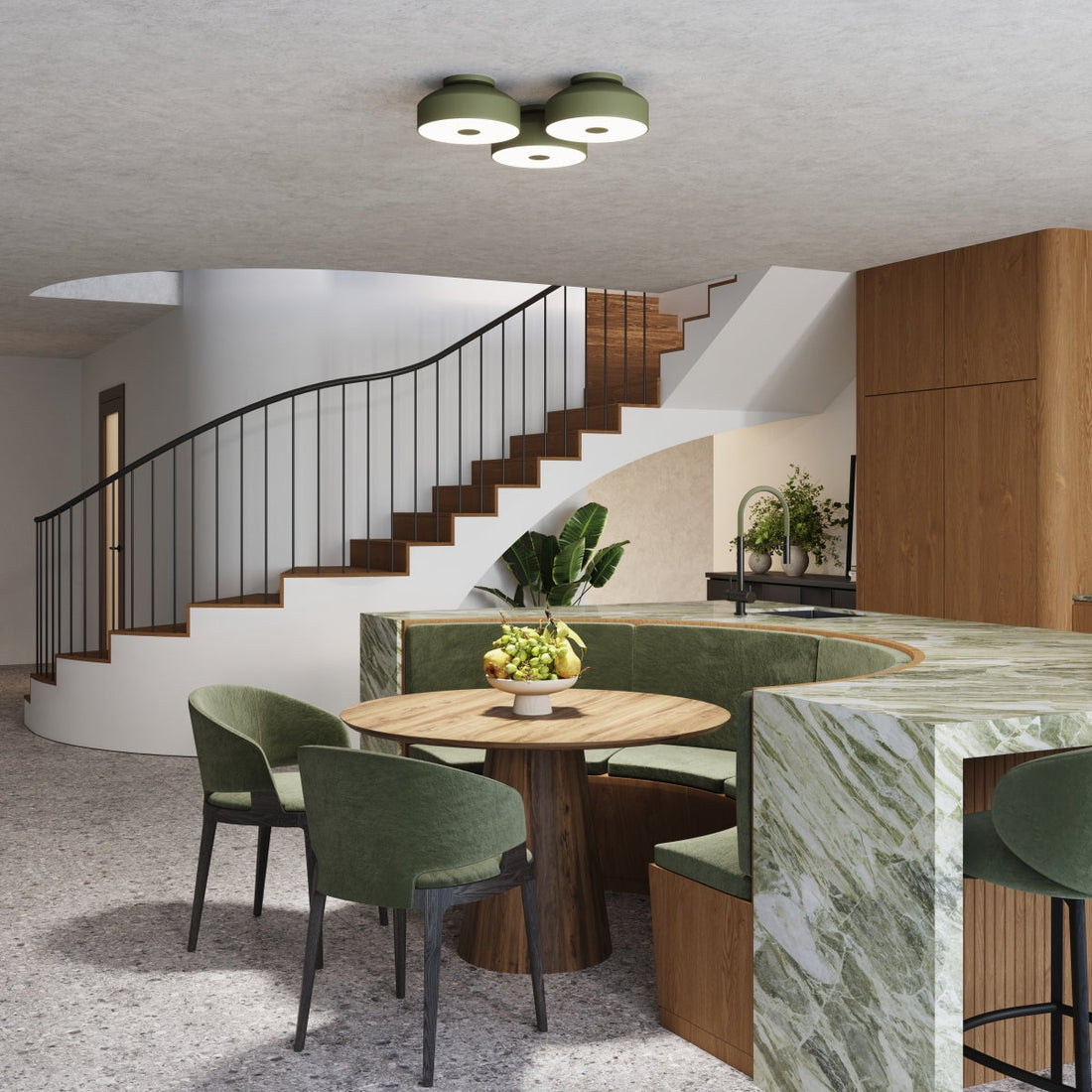
A Comprehensive Guide to Choosing the Right Lighting Fixture
Finding the Perfect Glow: How to Choose the Right Lighting Fixture for Your Room Lighting is more than just illumination; it’s the soul of a room.
The right lighting fixture can transform a mundane space into a captivating sanctuary, evoke a specific mood, and highlight your home's best features. With the sheer variety of options available in 2025, selecting the perfect fixture can feel overwhelming. This comprehensive guide will break down the process, ensuring you make informed decisions that enhance both the aesthetics and functionality of your living spaces.
Understanding your room's needs before you get lost in a showroom or scroll endlessly online, take a moment to assess the room itself.
Consider its primary function, size, and existing decor. What activities will take place in this room? Is it a cozy reading nook, a bustling kitchen, or a formal dining area? Each space demands a different approach to lighting.
Layering Your Lighting:
The Key to Success Effective lighting design relies on layering, combining different types of light to create a balanced and inviting atmosphere. The three main layers are:
Ambient Lighting: This is the general, overall illumination of a room. Think ceiling lights, chandeliers, or recessed lighting. It provides a comfortable base level of brightness.
Task Lighting: This is focused light for specific activities, such as reading, cooking, or working. Examples include desk lamps, under-cabinet lighting, or pendant lights over a kitchen island.
Accent Lighting: This type of lighting is used to draw attention to particular features, like artwork, architectural details, or plants. Track lighting, wall sconces, or picture lights are common accent fixtures. By combining these layers, you can create a dynamic and adaptable lighting scheme.
Types of Lighting Fixtures to Consider With your room's needs and lighting layers in mind, let’s explore the diverse world of lighting fixtures:
Ceiling Fixtures
Chandeliers: Often the focal point of a room, chandeliers add drama and elegance. They are best suited for dining rooms, living rooms, and entryways, especially in rooms with high ceilings.
Pendant Lights: Versatile and stylish, pendant lights hang from the ceiling and are excellent for task lighting over islands, tables, or even as decorative elements in bedrooms.
Flush Mount & Semi-Flush Mount Lights: These fixtures sit close to the ceiling, making them ideal for rooms with lower ceilings. They provide good ambient light without taking up much vertical space.
Recessed Lighting (Downlights): Installed directly into the ceiling, these provide clean, unobtrusive ambient and task lighting. They are popular in kitchens, hallways, and living areas.
Wall Fixtures
Sconces: Mounted on walls, sconces can provide ambient light, task lighting (like bedside sconces), or accent lighting for artwork. They are a great way to add vertical interest and character.
Picture Lights: Specifically designed to illuminate artwork, these fixtures cast a focused beam without glare.
Floor and Table Lamps
Floor Lamps: Perfect for adding ambient or task lighting to a corner of a room, reading nook, or beside a sofa. Arc lamps and torchiere lamps are popular styles.
Table Lamps: These are essential for task lighting on desks and side tables, as well as adding decorative touches and softer ambient light to bedrooms and living rooms.
Key Factors when making your choice beyond the type of fixture, several other factors will influence your decision:
Scale and Proportion: The size of the fixture should be in proportion to the room and the furniture. A massive chandelier in a small living room can feel overpowering, while a tiny lamp in a large space will get lost.
Style and Aesthetics: The fixture should complement your room's existing decor. Consider the style of your furniture, wall colour, and overall design theme. Whether you prefer modern, minimalist, rustic, or traditional, there's a fixture to match.
Material and Finish: From brushed nickel and polished chrome to matte black, brass, and natural wood, the material and finish of a fixture can significantly impact the room's look and feel. Coordinate finishes with other hardware in the room for a cohesive design.
Light Output and Colour Temperature: Fixtures use different types of bulbs (LEDs are the standard in 2025), each with varying brightness (lumens) and color temperatures (measured in Kelvin). Warm white (2700-3000K) is cozy and inviting, while cool white (3500-4100K) is more energizing and suitable for task areas. Ensure the fixture can accommodate the bulb type and output you need.
Dimmer Compatibility: Installing dimmers offers incredible flexibility, allowing you to adjust the mood and brightness of a room for different occasions. Check if your chosen fixture is compatible with dimmer switches.
Practical Considerations:
Installation: Consider whether you're comfortable with DIY installation or if you'll need an electrician. Some fixtures, especially those requiring new wiring, will necessitate professional help.
Maintenance: Some fixtures, like intricate chandeliers with many crystals, require more cleaning and maintenance than simpler designs.